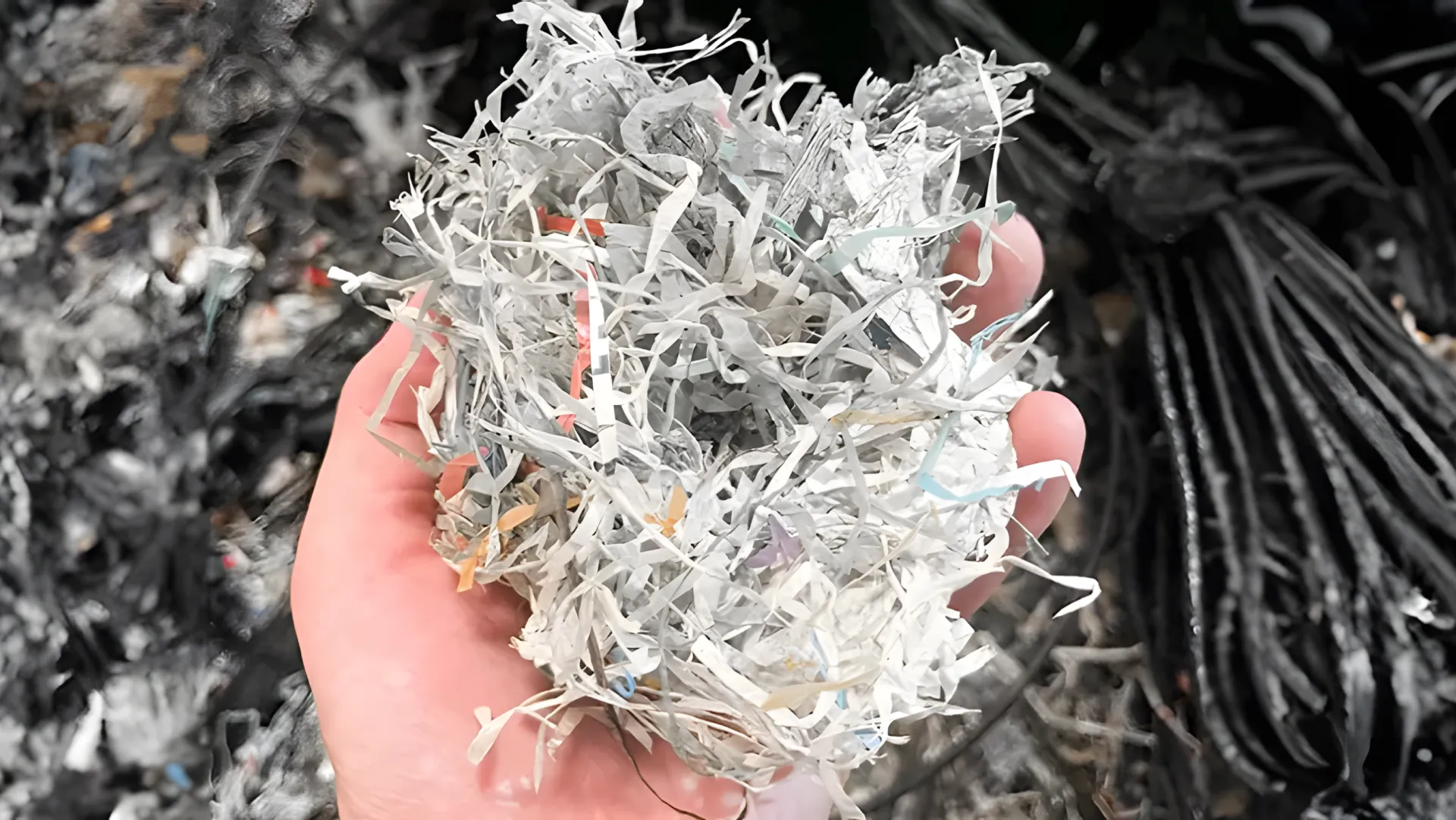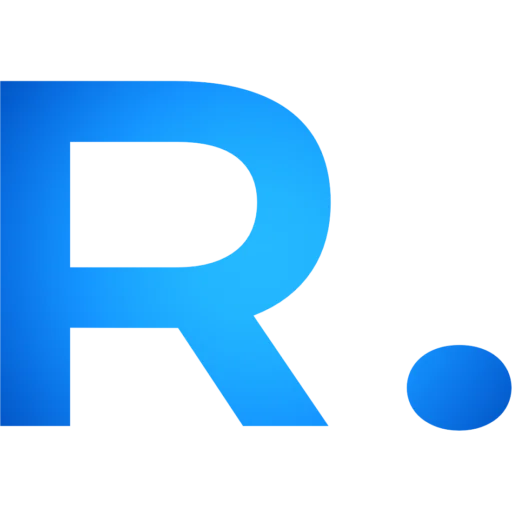Cum să reciclați pungile de polipropilenă și materialele nețesute: Un ghid complet
Reciclarea pungilor din polipropilenă și a materialelor non-tăiate este un proces crucial pentru afacerile care doresc să gestioneze eficient deșeurile și să creeze valoare din materialele uzate. Polipropilena (PP), identificată prin codul de rezină #5, este un termoplastic versatil și rezistent, utilizat pe scară largă în ambalare, de la saci de țesătură grei pentru produse agricole până la pungile de cumpărături ușoare din material non-tăiat. Deși rezistența și reutilizabilitatea lor sunt avantaje cheie, gestionarea sfârșitului de viață a acestora prezintă atât o provocare, cât și o oportunitate semnificativă. Acest ghid oferă o analiză detaliată a procesului de reciclare, a beneficiilor acestuia și a mașinilor necesare pentru transformarea deșeurilor de PP în un material brut de înaltă calitate.
Ca furnizor de top al soluțiilor de reciclare a plasticului, Mașină Energycle înțelegem factorii tehnici și economici implicați. Vă vom ghida prin fiecare etapă, de la colectarea inițială până la producția finală de granule, asigurându-vă că aveți informațiile necesare pentru a lua decizii operaționale și de investiții informate.

Înțelegerea Materialelor: Tăiate vs. Non-tăiate din Polipropilenă
Înainte de a începe procesul de reciclare, este important să înțelegeți cele două forme principale de țesătură din polipropilenă. Deși ambele sunt fabricate din polipropilenă, structura și nivelurile tipice de contaminare pot afecta abordarea de reciclare.
- Polipropilenă Tăiată: Acest material este creat prin țeserea benzi din PP, rezultând într-o țesătură puternică și respirabilă. Este folosit în mod obișnuit pentru saci de țesătură (FIBCs), saci pentru cereale, nisip și substanțe chimice. Sacii de țesătură sunt adesea supuși la contaminări severe din conținutul lor.
- Polipropilenă Non-tăiată: Această țesătură este realizată prin legarea sau interlocking a firelor din PP prin metode termice, chimice sau mecanice. Este mai moale și mai puțin rezistentă decât PP-ul tăiat, găsim utilizări în pungile de cumpărături reutilizabile, halate medicale și acoperământ agricol. Contaminarea este de obicei mai puțin severă, dar poate include inele de tipărire și manere atașate din materiale diferite.
Cazul de Afaceri pentru Reciclarea Sacilor din Polipropilenă
Investiția într-un mașină de reciclare plastic pentru saci PP oferește mai mult decât doar beneficii de mediu. Prezintă un argument economic puternic pentru multe afaceri.
Avantaje economice
Pelurile de PP reciclate sunt o marfă valoroasă. Prin procesarea propriului dvs. deșeu PP sau a celui cumpărat de la surse externe, puteți crea o nouă sursă de venituri. Pentru producători, utilizarea pelurilor reciclate poate reduce semnificativ costurile materiilor prime în comparație cu achiziționarea de resină PP virgină. Conform Administrației de Protecție a Mediului din Statele Unite (EPA), reciclarea plasticului conservă energia și resursele petroliere necesare pentru producerea de plastic nou, creând economii de costuri directe.
Conformitatea cu Reglementările și Responsabilitatea Corporativă
Guvernele din întreaga lume implementează reglementări mai stricte privind deșeurile de plastic. Stabilirea unui program de reciclare robust asigură conformitatea și evită penalitățile potențiale. De asemenea, îmbunătățește reputația companiei dvs., atrăgând clienți și parteneri care priorizează sustenabilitatea.
Procesul Pas cu Pas de Reciclare a Polipropilenelor
O operațiune de reciclare de succes depinde de un flux de lucru sistematic și eficient. Iată o analiză a etapelor esențiale implicate în transformarea sacilor de PP uzate în peluri utilizabile.
Pasul 1: Colectare și sortare
Calitatea produsului final începe aici. Sacii de PP trebuie colectați și sortați pentru a fi separați de alte tipuri de plastic (cum ar fi PET sau HDPE) și pentru a elimina contaminanții obviuși. Această etapă este laborioasă, dar esențială. Sortarea poate fi realizată manual sau cu sortere optice automate. Este, de asemenea, esențial să se separe materialele puternic imprimate sau colorate de cele curate, neimprimate, dacă obiectivul este producerea de peluri de înaltă calitate, de culoare naturală.
Pasul 2: Tăiere sau zdrobire
Pachetele mari și voluminoase sunt dificile de spălat și de procesat. Un granulator sau o mașină de zdrobit robust reduc materialul la flăcări sau bucăți uniforme mai mici (de obicei 1-2 inci). Această reducere a dimensiunii crește suprafața, permițând o curățare mai eficientă în etapele ulterioare și asigurând o rată de alimentare constantă în restul liniilor de echipamente.
Pasul 3: Spălare și Separare cu Fricțiune Înaltă
Aceasta este, poate, cea mai critică etapă pentru pachetele post-consumator și pentru cele foarte murdare post-industriale. Materialul zdrobit din PP intră într-un sistem de spălare conceput pentru a elimina praful, nisipul, uleiurile și etichetele de hârtie.
- Șaibă de frecare: O mașină de spălare la viteză înaltă folosește palete pentru a crea o fricțiune intensă între bucățile de plastic, curățând contaminanții.
- Drum Rotativ cu Găuri de Dimensiuni Specifice: Acest rezervor folosește apă pentru a separa materialele prin densitate. Polipropilena are o densitate mai mică decât apa (aproximativ 0.90 g/cm³), ceea ce o face să floteze. Contaminanții mai grei precum nisipul, praful și alte materiale plastice, cum ar fi PET (densitate ~1.38 g/cm³), vor scădea, permițând o separare eficientă. Această informație este susținută de date provenite de la organizații de standarde precum Societatea Americană pentru Testare și Materiale (ASTM).
Pasul 4: Uscare
Umiditatea este dușmanul pelletingului de înaltă calitate. După spălare, flăcările curate din PP trebuie uscate complet. Un proces de uscare în două etape este comun:
- Uscare mecanică: O mașină de deconcentrare centrifugă spală materialul la viteze ridicate, aruncând afară majoritatea apei.
- Uscare termică: Un sistem de uscare cu aer cald elimină apoi umiditatea rămasă, vizând o conținut de umiditate finală de sub 1%. Acest nivel scăzut de umiditate este esențial pentru a preveni golurile și degradarea în timpul procesului de topire.
Pasul 5: Producerea de granule (Extrudare și Granulare)
Fracțiunile curate, uscate de PP sunt acum gata să fie convertite înapoi în granule. Materialul este alimentat într-un mașină de peletizare, care este un tip de extruder.
- Topire și Filtrare: În interiorul extruderului, un șurub încălzit topește și omogenizează plasticul. Plasticul topit este forțat prin un filtru de grilaj pentru a elimina orice contaminanți minore finali.
- Degazare: Un sistem de degazare vacuum elimină aerul capturat și compușii volatili, îmbunătățind astfel calitatea granulelor finale.
- Peletizare: Plasticul filtrat și topit este apoi extrudat prin un die în fire lungi. Un sistem de tăiere la înaltă viteză (de exemplu, un granulator cu inel de apă) taie imediat aceste fire în granule mici și uniforme, care sunt apoi răcite și uscate.
Gata să găsești echipamentul potrivit? Configurația specifică a mașinii tale de reciclare a pungilor pliate din PP PP woven bag recycling machine Depinde de starea materialului dvs. Contactați experții noștri de la Energycle Machine pentru o consultanță personalizată privind cea mai bună soluție pentru nevoile dvs.
Probleme comune și soluții în reciclarea sacilor din PP
Deși procesul este simplu, mai multe provocări pot afecta eficiența și profitabilitatea. Conștientizarea și tehnologia corectă sunt esențiale pentru depășirea acestora.
Provocare: Niveluri ridicate de contaminare
Săcii folosiți pentru materiale de construcții sau agricultură pot fi foarte murdari. Residuuri alimentare, uleiuri și praf fin pot fi dificil de eliminat.
Soluţie: O linie de spălare robustă, cu etapă de pre-spălare și ciclu de spălare la temperaturi ridicate, poate gestiona eficient contaminarea gravă. Un tan cu separare float-sink de înaltă calitate este de neînlocuit.
Provocare: Degradarea materialului
De fiecare dată când plasticul este topit și reprocesat, lanțurile moleculare pot scurta, reducând ușor proprietățile fizice ale acestuia. Acest lucru se numește degradare termică.
Soluţie: Extrudere modernă cu control precis al temperaturii și sisteme de degazificare eficiente minimizează degradarea. Pentru anumite aplicații, amestecarea granulelor reciclate cu o mică procentaj de PP virgin sau aditivi specifici poate restabili proprietățile dorite.
Provocare: Materiale Miste
Uneori, pungile conțin componente non-PP, cum ar fi bucle de ridicare din nylon pe FIBCs sau etichete din PET. Dacă nu sunt eliminate, acestea vor contamină întregul lot.
Soluţie: Sortarea manuală atentă este soluția principală. Pentru linii automate, pot fi utilizate separatoare avansate de material. Educația furnizorilor de deșeuri privind segregarea corectă la sursă este, de asemenea, o strategie pe termen lung extrem de eficientă.
Viitorul este Circular: Aplicații pentru Granulele Reciclate din PP
Cererea pentru materiale reciclate de înaltă calitate crește. Granulele produse din pungile de polipropilenă reciclată au o gamă largă de aplicații, contribuind la o economie circulară. Acestea pot fi utilizate pentru a fabrica:
- Produse noi non-structurale, cum ar fi găleți, containere și paleți.
- Părți auto, cum ar fi bumperele și carcasele bateriilor.
- conducte și sisteme de drenaj.
- Fibre pentru textile și mochete.
- Și, desigur, noi saci din PP și materiale de ambalare.
Prin investiția în echipamentele potrivite mașină de reciclare a plasticului, afacerea dumneavoastră poate deveni un jucător cheie în această lanț de aprovizionare durabilă. Este o strategie orientată spre viitor care aliniază profitabilitatea cu gestionarea responsabilă a mediului. Pentru mai multe informații despre tendințele reciclării plasticului, resursele industriale precum Actualizare Reciclare Plastice oferează informații valoroase.


